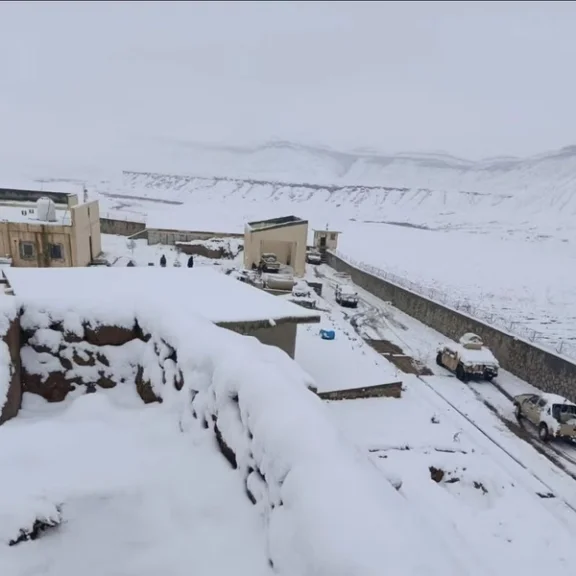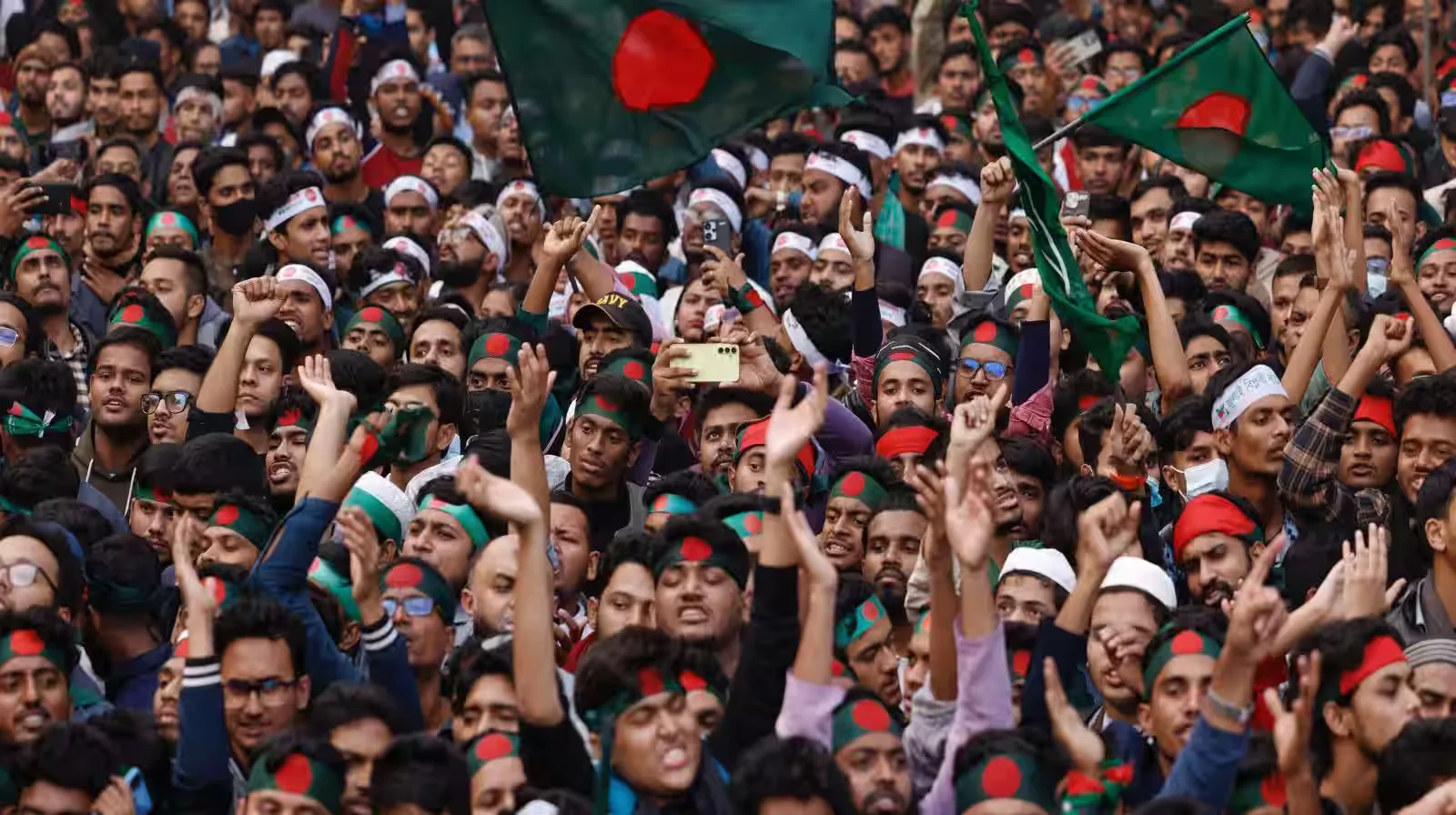Across South Asia, nearly 900 million people under the age of 24 hold the promise of progress or the risk of upheaval. Every year, countless young people step into the job market, armed with digital skills and rising ambition. Yet chronic underinvestment, political exclusion and inequality threaten to turn this demographic gift into a ticking bomb.
History shows what happens when youthful frustration meets economic hardship and unresponsive governance: protests, revolutions and, sometimes, collapse. Today, the region stands at a crossroads: harness the energy of its youth, or watch it ignite instability.
A Demographic Gift or a Dangerous Bomb?
It is often said that youth is a nation’s greatest asset. But in South Asia, this asset is dangerously close to turning volatile. The numbers are stark: about 30% of youth are neither in education, employment, nor training (NEET). In 2022, thousands of young Sri Lankans toppled a president they felt had robbed them of a future. This wasn’t an isolated outburst, it was part of a wider pattern of rising frustration. Scholars call this a “youth bomb”: a force that can transform societies for the better, or trigger unrest when hope runs out.
Governments now face a question whether can they channel this energy into progress or risk spiraling into instability.
Pakistan: A Frustrated Majority
In Pakistan, over 63% of the population is under 30, a staggering opportunity, yet also a looming liability. Every year, countless young people enter the job market, yet the system is ill equipped to absorb their potential.
NEET rates exceed 34%; youth unemployment remains stubborn; and education spending lags at just 2.3% of GDP. Nearly 30% of youth remain illiterate, mostly for financial reasons. Once seen as passive, Pakistan’s youth are stirring again: the revival of student unions and scattered protests point to rising impatience and a generation no longer willing to wait.
India: A Squandered Dividend
India’s youth bulge should have been its golden ticket. Nearly 20% of its population is aged 15–24. Yet one in four young people is out of education, employment, or training and the gap is sharpest for women: over 60% of young men are in the labour force, compared to just a quarter of young women.
The 2019–2020 protests against the Citizenship Amendment Act weren’t only about policy. They reflected deeper anger among an educated yet excluded generation and showed how frustration can spill into the streets.
Bangladesh and Sri Lanka: On the Edge
Bangladesh faces an even starker picture: nearly 40% of youth aged 15–24 are NEET, despite soon making up almost half of the workforce. In Sri Lanka, rising costs and scarce jobs fuel anger, which boiled over in 2022 when the youthled Aragalaya movement toppled President Rajapaksa.
Across South Asia, millions stand at the edge: hopeful, yet squeezed by limited opportunities and growing inequality.
Warning Signs from the Streets (2019–2024): A Closer Look
The past five years have offered stark proof of what happens when millions of young people feel locked out, neglected or betrayed and how quickly frustration can shake entire governments.
In Sri Lanka, the 2022 Aragalaya movement led largely by young protesters laid siege to Galle Face Green and forced President Gotabaya Rajapaksa to resign. What began as anger over fuel shortages and food inflation turned into a national reckoning with corruption and mismanagement. Digitally connected and politically aware, youth became the movement’s driving force, refusing to inherit a broken state.
In India, campuses erupted between 2019 and 2020 as students protested the Citizenship Amendment Act (CAA) and the proposed National Register of Citizens (NRC). Beyond identity politics, these protests reflected deeper anger at rising unemployment, inequality and a political establishment seen as indifferent. The movement showed how educated yet excluded youth can transform frustration into sustained mobilization.
In Pakistan, the last few years saw youth activism on issues from inflation to governance. Once dismissed as passive, young people began organizing again, signalling a generation that may no longer accept waiting quietly on the sidelines.
Bangladesh’s case was perhaps the most dramatic: in 2024, student protests against a controversial job quota system escalated into a nationwide uprising that toppled Prime Minister Sheikh Hasina. Initially peaceful, the protests turned violent after crackdowns, leaving hundreds dead and forcing the government to step down. A caretaker administration now prepares for elections, but the crisis was a powerful reminder: ignoring a restless youth bulge carries a steep price.
Across South Asia, the details differ, but the pattern is clear: swelling numbers of educated yet unemployed youth, deep gender gaps, shrinking social contracts, and governments slow to act. This isn’t just an economic crisis it is social and political too.
History’s Lesson: The Stakes Are Real
From the Arab Spring to the French Revolution to Tamil rebellions of the 1980s, history shows how youth bulges combined with hardship and failed governance can trigger radical change. Scholars like Henrik Urdal warn that unmanaged youth bulges often correlate with violent conflict and instability.
Left unchecked, South Asia’s youth frustration could deepen into radicalization or topple fragile governments, as Bangladesh’s crisis showed.
From Bomb to Bridge: A Path Forward
Yet this force needn’t be destructive. With real investment in education quality (not just enrolment), dignified jobs, and genuine space for youth voices in decision making, the same demographic could become South Asia’s greatest asset.
One idea: youth advisory councils in parliaments, giving young people a stake in shaping policy, not just protesting it.
A generation ago, South Korea faced a similar youth surge. It invested heavily in education and industry turning its restless youth into a global economic engine. South Asia can do the same if it acts.
Conclusion: The Choice Ahead
Instead of treating its youth bulge as a liability, South Asia must invest in its strength.they are a bridge to a better future if policymakers have the vision and courage to act. The next decade will decide: will the region harness its demographic gift, or see it explode into a generational crisis?
Governments face a simple choice: invest in education, inclusion, and meaningful jobs or watch frustration deepen into unrest.
The views expressed in this article are the author’s own. They do not necessarily reflect the editorial policy of the South Asia Times.







